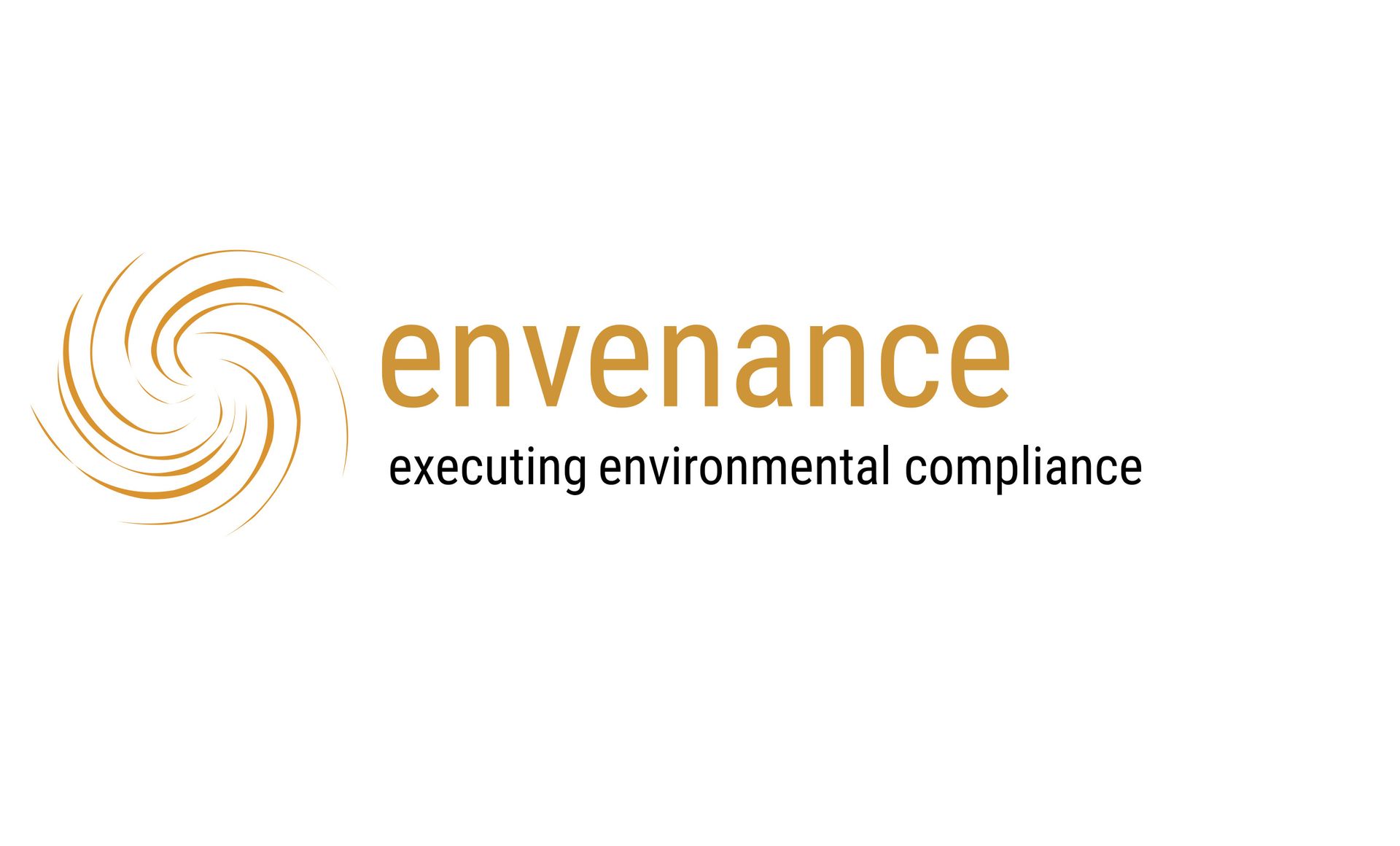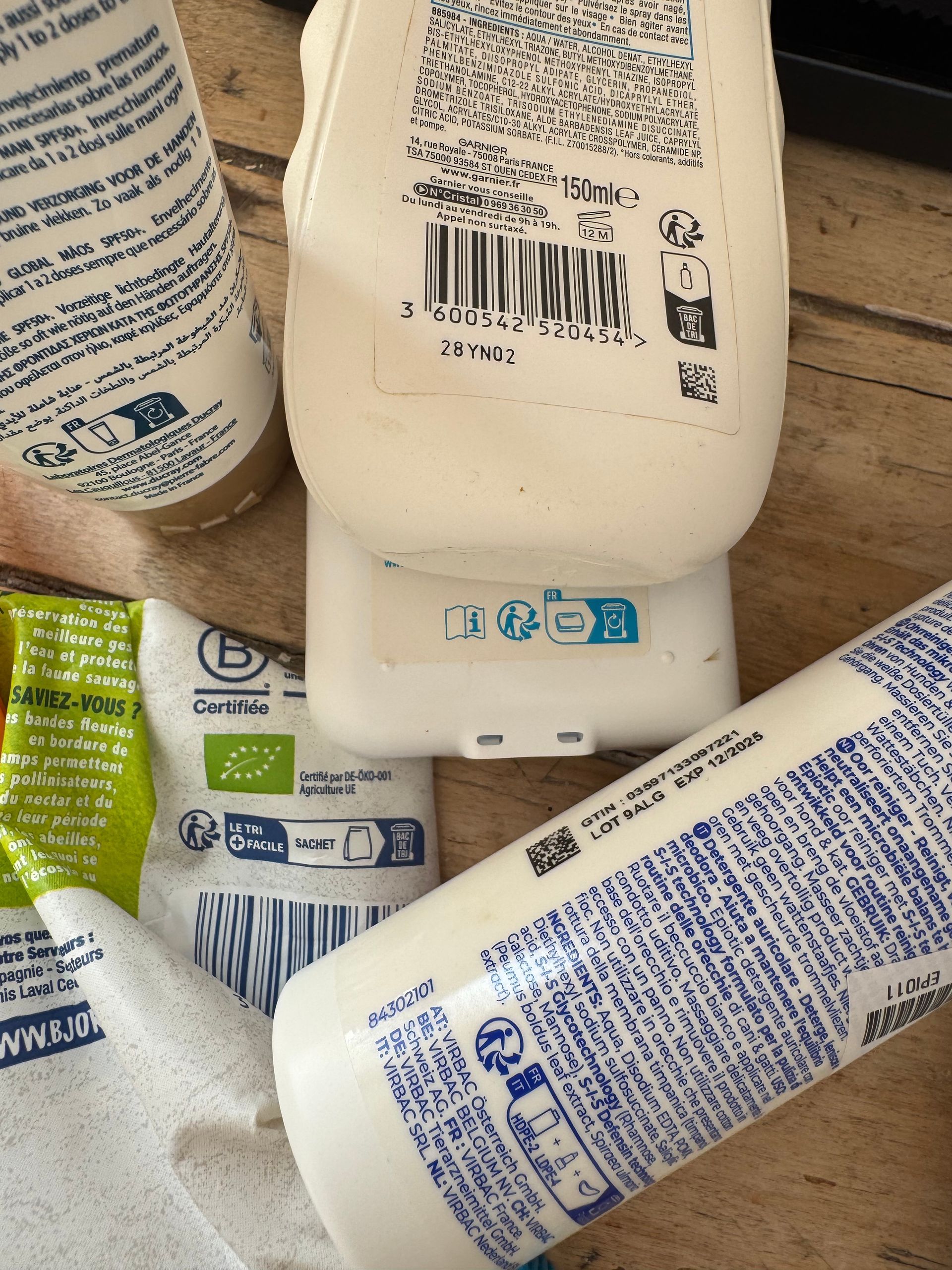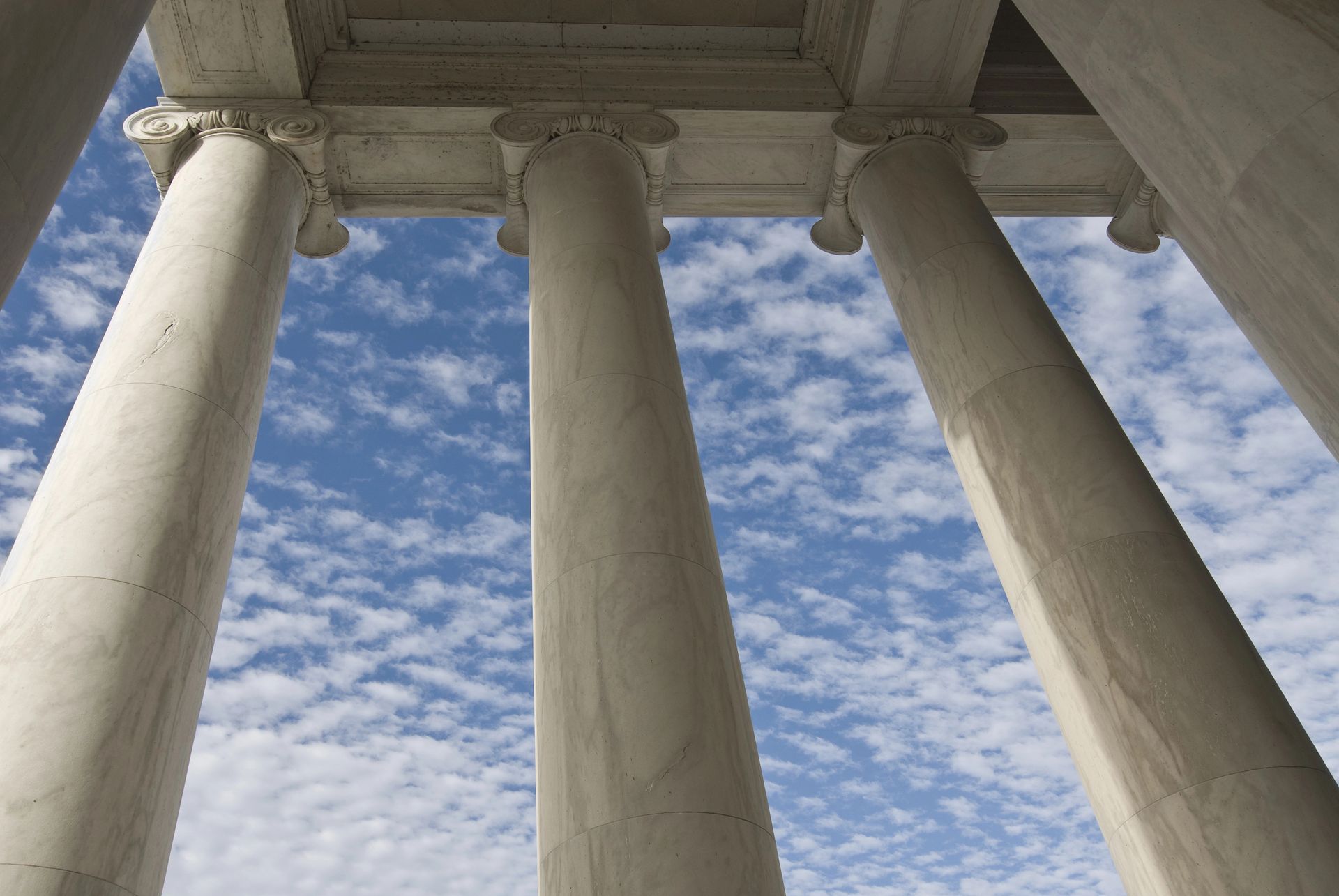Clarifying the Distinction Between Portable and Industrial Batteries in Regulation (EU) 2023/1542
envenance on compliance.
The new EU Batteries Regulation 2023/1542 (Batteries Regulation) brings a restructuring of battery classifications, moving beyond the previous framework and introducing five distinct battery categories, as outlined in Article 3 of the regulation:
- Portable batteries
- Industrial batteries
- Light means of transport batteries (LMT)
- Starting, lighting and ignition batteries
- Electric vehicle batteries
This reclassification has implications for further obligations, particularly regarding:
- reporting (see Article 75)
- restrictions of substance (see Article 6)
- requirements for removability and replaceability (see Article 11)
Introducing Subcategories within Portable Batteries
As part of this amendment, the legislator has introduced two new sub-categories under portable batteries that did not previously exist in this form:
- Portable batteries (in the traditional sense)
- Portable batteries of general use (as newly defined)
According to Article 3, point 9(f) of the Batteries Regulation a
“Portable battery means a battery that is sealed, weighs 5 kg or less, is not specifically designed for industrial use…”
In contrast, a portable battery of general use is defined as:
“…a portable battery, whether rechargeable or non-rechargeable, that is specifically designed for interoperability and falls within the following common formats: 4.5 Volt (3R12), button cell, D, C, AA, AAA, AAAA, A23, 9 Volt (PP3)…”
What Is an Industrial Battery?
The updated definition of an industrial battery reads:
“…a battery that is specifically designed for industrial use, or that is intended for industrial use after preparation for reuse or repurposing, or any other battery that weighs more than 5 kg and is neither an LMT battery, an electric vehicle battery, nor a starting battery…”
The previous distinction as laid out in the Batteries Directive 2006/66/EC has referenced to both an industrial and a commercial use. Therefore the Batteries Regulation appears to have been shortened this scope in order to emphasize industrial use alone.
Regulatory Impact of the New Wording
This definitional change suggests at first sight that batteries designed for commercial but not industrial use, and weighing under 5 kg, may now be classified as portable batteries. Consequently, industrial batteries must either:
- Be specifically designed for industrial use, or
- Exceed 5 kg in weight while not falling under the LMT, EV, or starter categories.
Clarification from the European WEEE Register Network (EWRN)
The European WEEE Register Network (EWRN) addressed this nuance in their guidance document titled "Battery allocation to the five battery categories" (source, section 7.2, page 7). Drawing on additional sources (see p. 7) and legislative intent (see p. 8), the authors conclude that the definition of industrial batteries has not been narrowed and recommend the following interpretive framework:
"Batteries can be considered as specifically designed for industrial uses if they normally arise or are normally used in ‘other than private households’. Possible criteria therefore can be dimensions, weight, voltage, price and type of connection."
"Batteries
cannot be considered as specifically designed for
industrial use(s)
if they normally arise or are normally used in private households. This also includes batteries that are built into so-called ‘dual use’ electrical appliances."
(Note: unofficial translation by the author.)
Practical Consequences
This interpretation reinforces that an industrial battery may weigh less than 5 kg, as long as it is specifically designed for industrial use. Such batteries are not to be classified as portable and are thus not subject to the same requirements imposed on portable batteries alone.
Looking Ahead
Over the coming months, registers and collection systems will begin transitioning to the new reporting structures aligned with these revised battery categories. At envenance, we are ready to support you through:
- support in accurate classification and reallocation of your batteries
- detailed guidance on reporting
- Preparation for fulfilling new regulatory obligations, particularly regarding registrations or their transitions
Do you need help navigating the new battery rules?
Get in touch with envenance – your partner in practical compliance.













